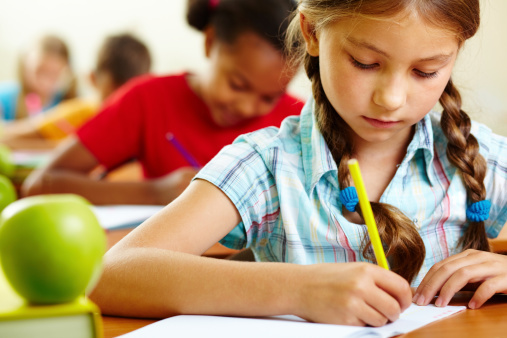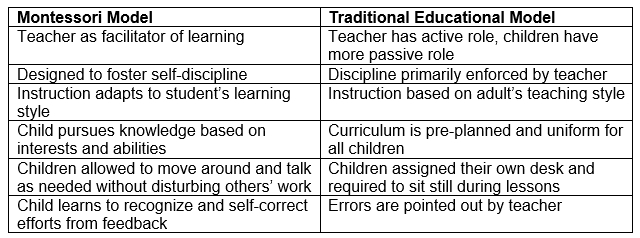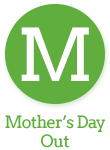
Though Texas does not use the national voluntary educational standards known as Common Core, there is some overlap between the state educational standards and the Common Core standards. Many people are critical of Common Core and in general of public schools in the United States, and there is no question that many public schools have had problems.
As a result, many parents explore alternative educational options for their children, including private schools and publicly funded charter schools. One educational model that has been embraced by parents is the Montessori educational model, which originated early in the 20th century. The basis of the Montessori model is that in the right environment, learning can be practically limitless, and a number of proven tools and methods have been developed and used in schools that follow the Montessori model.
If you are a parent, you may wish to compare and contrast educational models to make a more informed decision about your children’s education. Here are some advantages and disadvantages of the standard educational model today and the Montessori model.
Advantages of Today’s Standard Educational Model
Public school in America is considered “the norm,” and the public school educational model offers some advantages. For many families, public schools offer unmatched convenience, with schools usually located in the neighborhoods they serve. Moreover, there is no tuition, and aside from fees that public schools collect for supplies and field trips, there is no cost to attend. Another advantage of the traditional educational model is that pupils attend school with children from many different backgrounds. This can provide a good opportunity for children to develop social skills among children they may not get to know in more exclusive educational settings.
Disadvantages of Today’s Standard Educational Model
The quality of education in public schools can vary significantly from one school to another, and typically children must attend the school for which their neighborhood is zoned. Public schools can subject children to a range of different types of peer pressure, even in the elementary years. Many public schools endure longstanding funding shortfalls, preventing them from acquiring updated educational and classroom tools, and parents may worry about issues like violence and bullying in public schools. These problems can happen in private schools as well, but parents generally feel more “in control” of their children’s education when they attend private schools.
How the Montessori Educational Model Is Different
Children in Montessori classes learn at their own pace and are exposed to a wide range of hands-on activities amongst which they may choose. At the heart of the Montessori model is knowledge that learning is an exciting discovery process and the learning process can improve concentration, motivation, and self-discipline. Montessori classes place children in three-year age groups (3-6 years, 6-9 years, and so on), forming small learning communities in which more advanced or older children share their learning with younger or less advanced students. The following table highlights some of the differences between the Montessori model and the traditional educational model.

Advantages of Montessori Educational Model
With the Montessori educational model, there is less reliance on traditional lesson teaching. Each child has an individualized education plan. This prevents children from being rushed into concepts for which they are not ready, and conversely, does not require them to wait for peers to catch up before they can progress. The focus on each child learning at his or her own pace is advantageous for children of typical developmental levels as well as children with developmental delays and high achieving children. Children have the same teacher for more than one year, so teachers are much more familiar with each child’s history, strengths, and weaknesses.
Parents are naturally concerned about the quality of their children’s education, and they are wise to explore what their local public schools and private schools offer. If they choose private schools for their children, they still need to evaluate the instructional methods used and the classroom culture in candidate schools so they can choose the school that best fits their children’s needs and their own educational priorities.
















